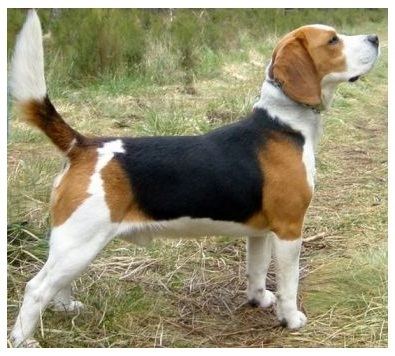Colour fawn, black and white Scenthound standard Lifespan 12 – 13 years Colors Grey tri-color, Tri-color | UKC Scenthound Scientific name Canis lupus familiaris | |
 | ||
Coat Thick, not too short, and flat. FCI Group 6, Section 1.2 Scenthounds: Medium-sized #290 Temperament Spirited, Loyal, Calm, Determined Similar Harrier, Basset Bleu de Gascogne, Artois Hound, Briquet Griffon Vendéen, Basset Fauve de Bretagne | ||
Beagle harrier dog breed
The Beagle Harrier is a scenthound. It is a breed of dog originating from France.
Contents
- Beagle harrier dog breed
- Chasse sangliers dans le gers avec beagle harriers
- Appearance
- Temperament
- Health
- History
- References
Chasse sangliers dans le gers avec beagle harriers
Appearance
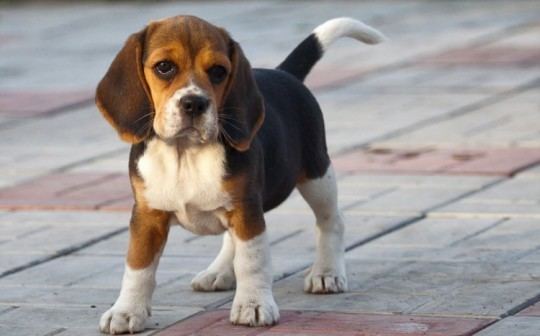
The Beagle Harrier appears to be either a larger Beagle or a smaller Harrier. It is a medium-sized dog, between 45 and 50 centimeters (18 to 20 inches) tall at the withers, and it weighs between 19 and 21 kilograms (42 to 46 pounds). Its coat is usually tricolor, featuring the colors fawn, black, tan, or white. There are also grey-coated (tricolor) Beagle Harriers. The Beagle-Harrier's body is usually muscular and its coat smooth and thick.
Temperament
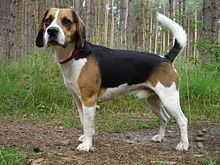
The Beagle Harrier is generally good with children and other pets. They are loyal, have lots of determination and are calm and relaxed when at home, making them a good family pet. They are a hunting breed and so require a lot of exercise and space.
Health

The Beagle Harrier is generally very healthy and has a life span of 12 to 13 years. Hip dysplasia could cause a big problem.
History
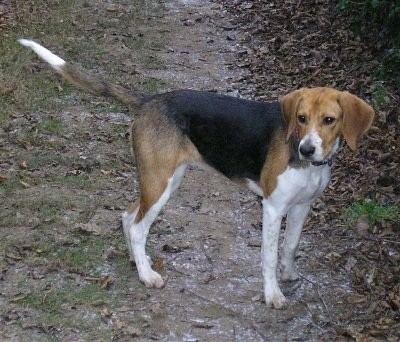
The Beagle-Harrier breed is old, with its origins unclear; they were initially bred to hunt rabbits and other small animals. They were popular in England since the early 14th century and were later imported into America in the mid-1800s to hunt rabbits.
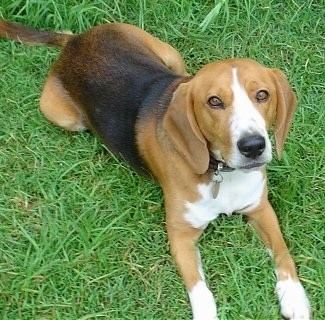
Beagle-Harriers were bred in France in the 19th century by Baron Gerard. The Beagle Harrier could be a mixture of the two breeds, the Beagle and the Harrier, or the midpoint in breeding between the two breeds. It was recognized by the FCI in 1974.

The Beagle Harrier can now be quite rarely found in France and are even more rare in other countries.
